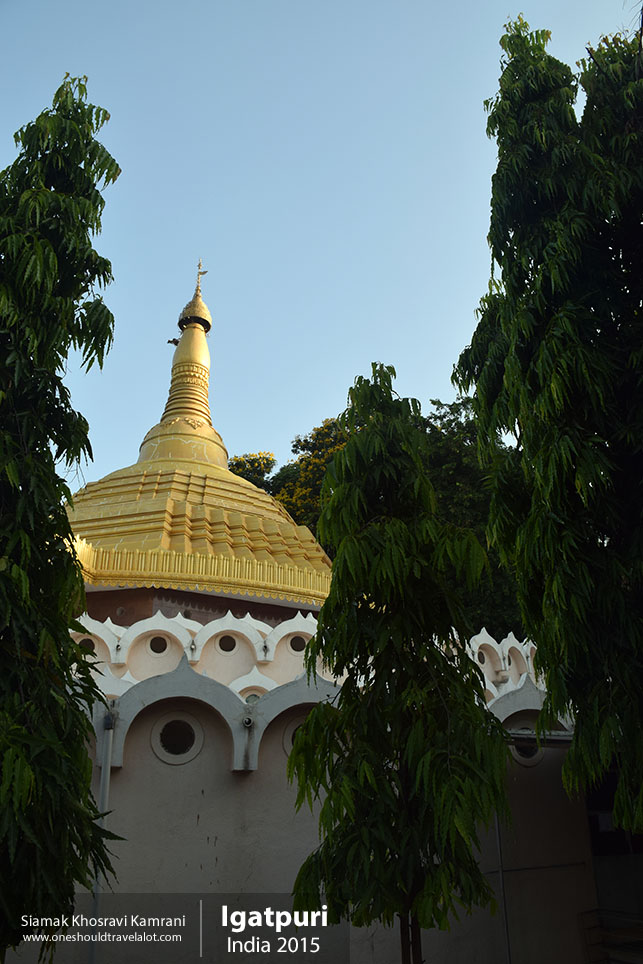Exploring the Ancient Wonders of Sanchi
The Photographer’s Journey Begins
As the sun rose over the central Indian plains, I found myself on a journey to a place steeped in history and spirituality: Sanchi. Known for its ancient stupas and Buddhist heritage, Sanchi is a small town in the state of Madhya Pradesh that offers a unique glimpse into India’s rich past. With my camera in hand, I was ready to capture the essence of this historic site and delve into the heart of its culture and traditions.
Arriving in Sanchi: First Impressions
Upon arriving in Sanchi, I was immediately struck by the town’s serene atmosphere. The air was filled with a sense of tranquility, a stark contrast to the bustling cities I had visited before. The standard of living here seemed modest but content, with simple homes and friendly faces greeting me as I made my way to my accommodation. The town’s rustic charm was evident in every corner, from the narrow, winding streets to the vibrant markets showcasing local handicrafts.
The Great Stupa: A Masterpiece of Ancient Architecture
My first stop was the Great Stupa, Sanchi’s most famous landmark. As I approached this magnificent structure, I was in awe of its sheer size and grandeur. Built by Emperor Ashoka in the 3rd century BCE, the Great Stupa is a hemispherical brick structure that houses relics of the Buddha. The dome, adorned with intricate carvings and inscriptions, glistened in the morning sun, creating a mesmerizing sight.
Walking around the stupa, I couldn’t help but admire the detailed carvings on the toranas (gateway arches). Each gate depicted scenes from the Buddha’s life, intricately etched into the stone by skilled artisans. I captured several shots, hoping to convey the artistry and spiritual significance of this ancient monument through my lens.
Sanchi’s Cultural Tapestry: A Blend of Traditions
Sanchi’s culture is a beautiful blend of ancient traditions and modern influences. The town’s predominantly Hindu and Buddhist population celebrates a variety of festivals throughout the year. During my visit, I had the chance to witness a local festival, which was a vibrant display of music, dance, and colorful attire. The rhythmic beats of the drums and the melodious tunes of traditional instruments filled the air, creating an infectious energy that had everyone dancing.
The local language here is Hindi, but I found that many people also spoke a dialect known as Malvi. Despite the language barrier, the warmth and hospitality of the locals made communication effortless. They were eager to share their stories and traditions, enriching my understanding of Sanchi’s cultural fabric.
Exploring the Lesser-Known Stupas and Monasteries
Beyond the Great Stupa, Sanchi is home to several lesser-known stupas and monasteries that are equally fascinating. Stupa No. 2, located on the outskirts of the main complex, offered a quieter, more intimate experience. The carvings on this stupa were simpler yet evocative, depicting mythical creatures and lotus motifs. As I photographed these details, I felt a deep connection to the ancient artisans who had poured their hearts into these creations.
Nearby, the ruins of the ancient monasteries stood as silent witnesses to centuries of history. Walking through these remnants, I could almost hear the chants of monks who once lived and meditated here. The sense of peace and spirituality was palpable, providing a stark contrast to the modern world outside.
Sanchi’s Natural Beauty: A Photographer’s Paradise
Sanchi is not just about historical monuments; its natural beauty is equally captivating. The town is surrounded by lush greenery, rolling hills, and serene water bodies. Early one morning, I decided to hike up to a nearby hill to capture the sunrise. The view from the top was breathtaking, with the golden rays of the sun casting a warm glow over the landscape. The Great Stupa stood majestically in the distance, a timeless symbol of Sanchi’s enduring legacy.
As I explored the countryside, I came across quaint villages where life seemed to move at a slower pace. The villagers were welcoming and curious about my camera, often posing for pictures with genuine smiles. These interactions added a personal touch to my photographic journey, making it all the more memorable.
The Local Cuisine: A Taste of Tradition
No visit to Sanchi would be complete without indulging in the local cuisine. The flavors of Madhya Pradesh are a delightful mix of spices and herbs, reflecting the region’s rich culinary heritage. I sampled a variety of dishes, from the spicy poha (flattened rice) to the sweet jalebi (deep-fried sweets soaked in syrup). Each bite was a burst of flavors, a testament to the culinary skills passed down through generations.
One of my most memorable meals was at a small eatery near the stupa complex. The owner, an elderly woman with a warm smile, served me a thali (a traditional platter) filled with an assortment of dishes. As I savored the food, she shared stories about her family and the town, giving me a deeper insight into the local way of life.
Reflections on Sanchi: A Journey Through Time
As my time in Sanchi came to an end, I found myself reflecting on the profound impact this small town had on me. Sanchi is not just a place; it is an experience that transcends time. It is a journey through centuries of history, a deep dive into the spiritual and cultural roots of India. Through my photographs, I hoped to capture the essence of Sanchi, preserving its beauty and heritage for others to see.



